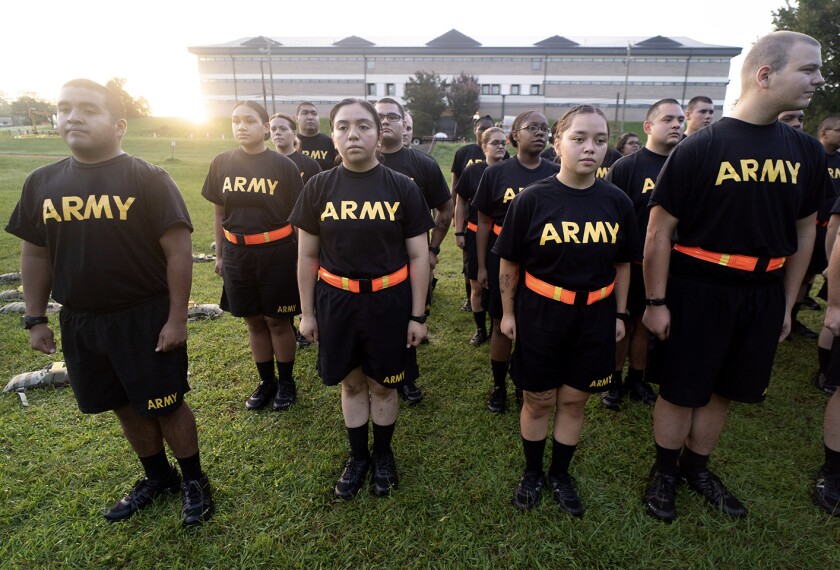The number of U.S. schools with such poor graduation rates that they are known as “dropout factories” fell by 6.4 percent between 2008 and 2009, according to a new report.
Released last week at the Building a Grad Nation Summit, in Washington, the report notes that in 2008, the nation had 1,746 dropout factories, meaning schools with on-time graduation rates no higher than 60 percent and low “promoting power.” That number fell by 112, to 1,634, the following year. The study updates a report published last fall that found a 13 percent decline from 2002 to 2008 in the number of dropout-factory high schools. Both reports were produced by the Johns Hopkins University Everyone Graduates Center, of Baltimore, and the America’s Promise Alliance and Civic Enterprises, both based in Washington. Combined, the reports show the number of students attending dropout factories declined from 2.6 million in 2002 to 2.1 million in 2009, nearly a 20 percent improvement.
In the new report, the greatest decreases were in the West, where the number of dropout-factory high schools declined by 12.5 percent, from 313 in 2008 to 274 in 2009. No region of the country saw an increase in such schools over that period.
Looking at the state-by-state picture, 18 states had a decline of three or more dropout factories, 23 essentially stayed the same, and nine had increases of three or more.The declines were greatest in rural districts and smallest in districts located in suburbs.
The report recommends steps the federal government can take to spur further improvement. They include: developing high standards to help ensure all students graduate college- or career-ready; targeting federal grants to the lowest-performing middle and high schools; holding states, districts, and schools accountable for graduating all high school students; and shifting from a one-size-fits-all school improvement system to one with flexibility and data-driven decisionmaking.
It also calls for support for wraparound social services and national-service efforts.




